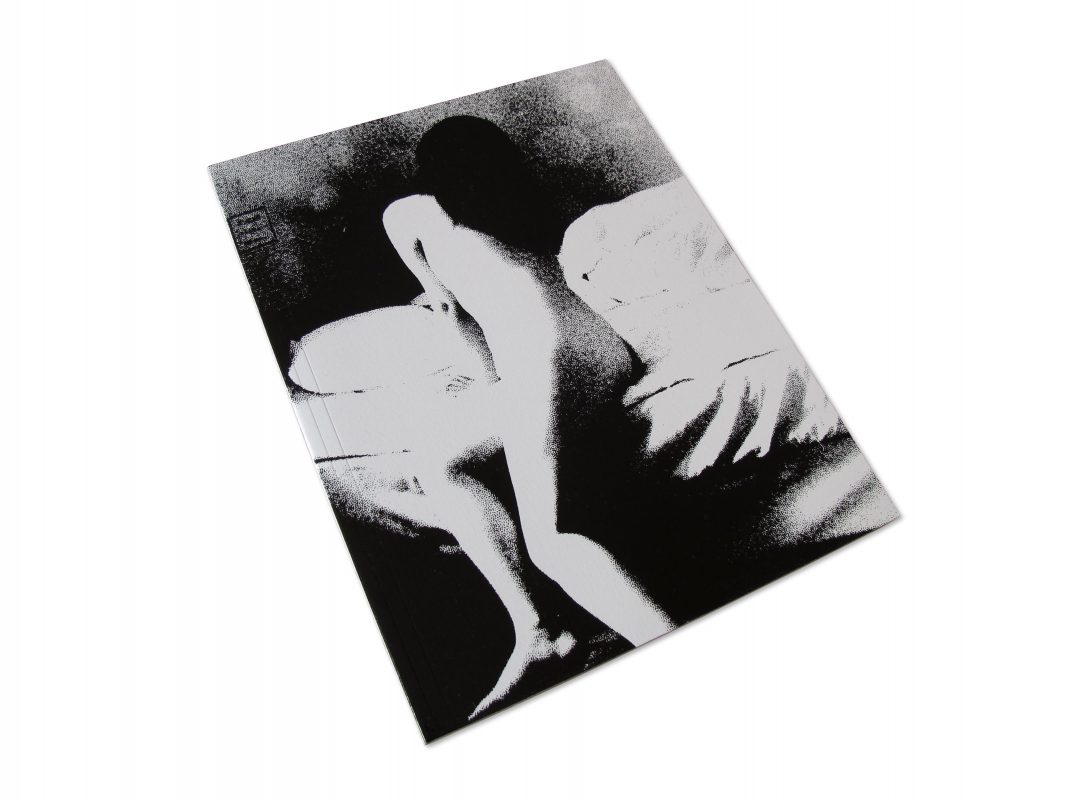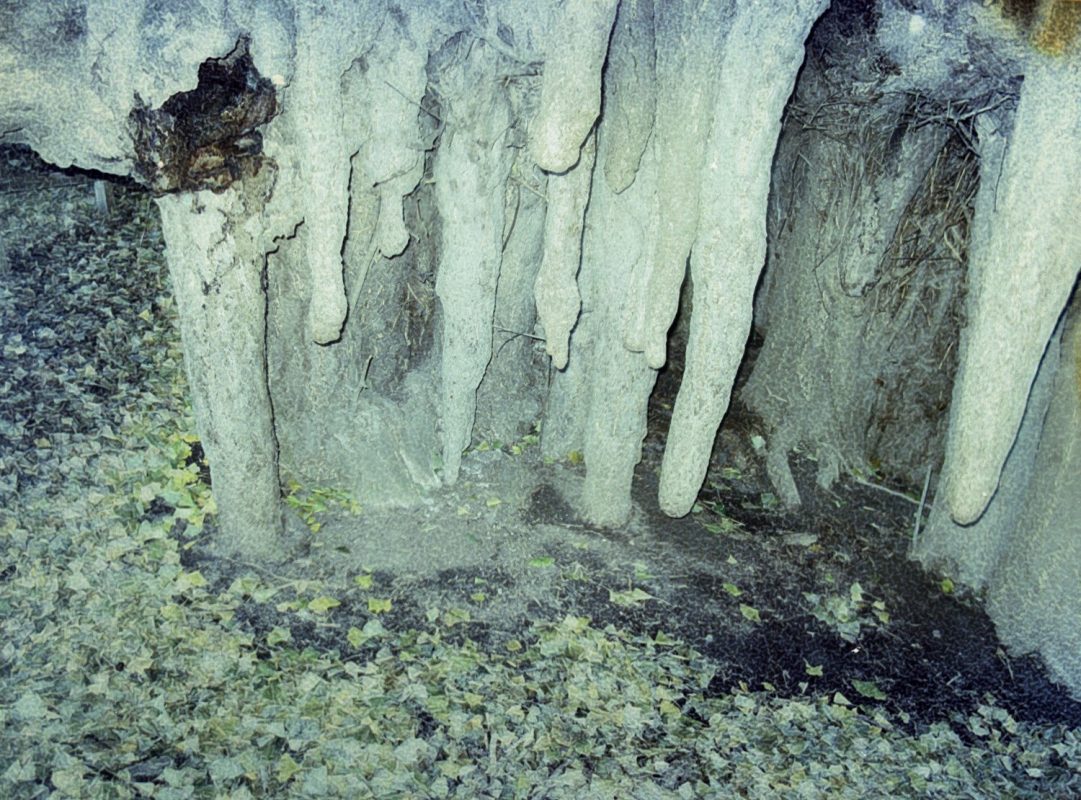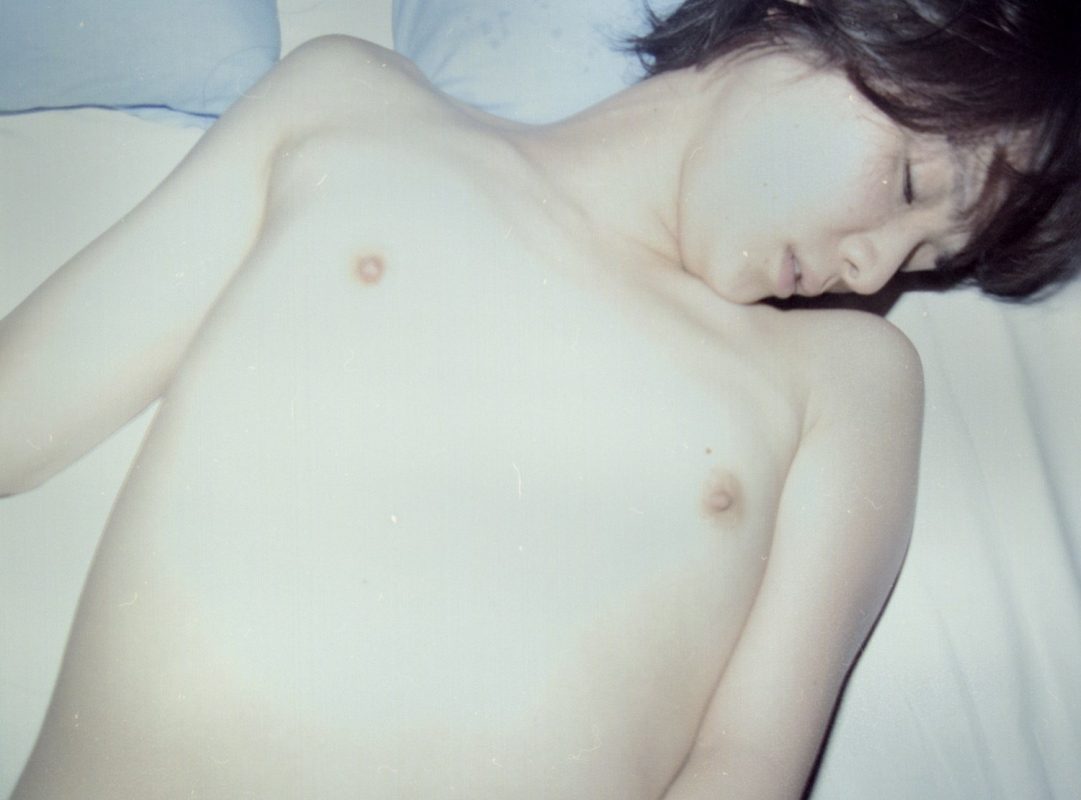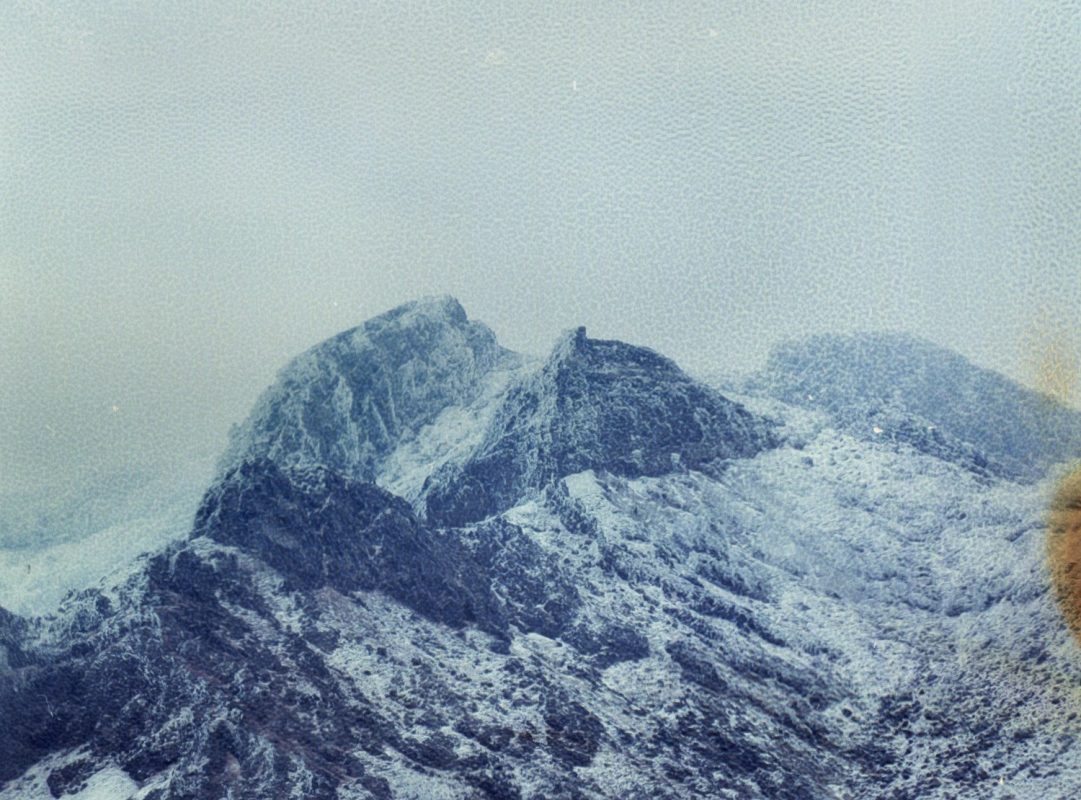Daisuke Yokota
Taratine
Session Press
Repetitive monochromatic cloudscapes, laden with tension and bleeding with the grain of the photographic emulsion, form the opening prologue to Daisuke Yokota’s latest work, Taratine. These menacing skies merge into the nebulous undergrowth of a forest and the ‘drooping breast roots’ of an ancient Gingko tree, a fertility-enhancing growth that lends its name to this work.
Taratine, like many of Yokota’s previous works, is a deeply sensory experience. It trades on an ethereal and textured visual language that is as distinctive as it is mysteriously seductive. The artist’s process – an alchemy of digital and analogue techniques combined with the physicality of the photographic materials he exploits – contort and abstract the scenes, allowing narrative to drift between the real and imagined, the past and present.
Entangled by the roots of the mythical Taratine tree, the women of Yokota’s life (mother and girlfriend) are united in this work. Taratine is a confessional ode to these women, to love – a delirious journey that weaves the precious frailty of a maternal love with the climactic desire of a sexual love. The perception of each of these states interacts, fades and mutates. As if emerging from a dream, we are thrown into a disorientating intervention, reconnecting dislocated character with isolated landscape, to understand what is not disclosed – to unite Yokata as the man, son and lover.
In an intimate accompanying essay, Daisuke Yokota recalls a vivid childhood memory of his mother’s momentary absence, and the potency of that memory in the present. That day’s anxiety is embedded in each shadow, repetition and alienated frame. It is cemented to Yokota, to the fragility of love and the fear of its loss. Taratine allows us to anchor our own fears, desires and memories to those of Yokota, in order to recollect and project, and to step into a landscape that appears so distantly familiar. ♦
—Tom Claxton
All images courtesy of Session Press. © Daisuke Yokota




